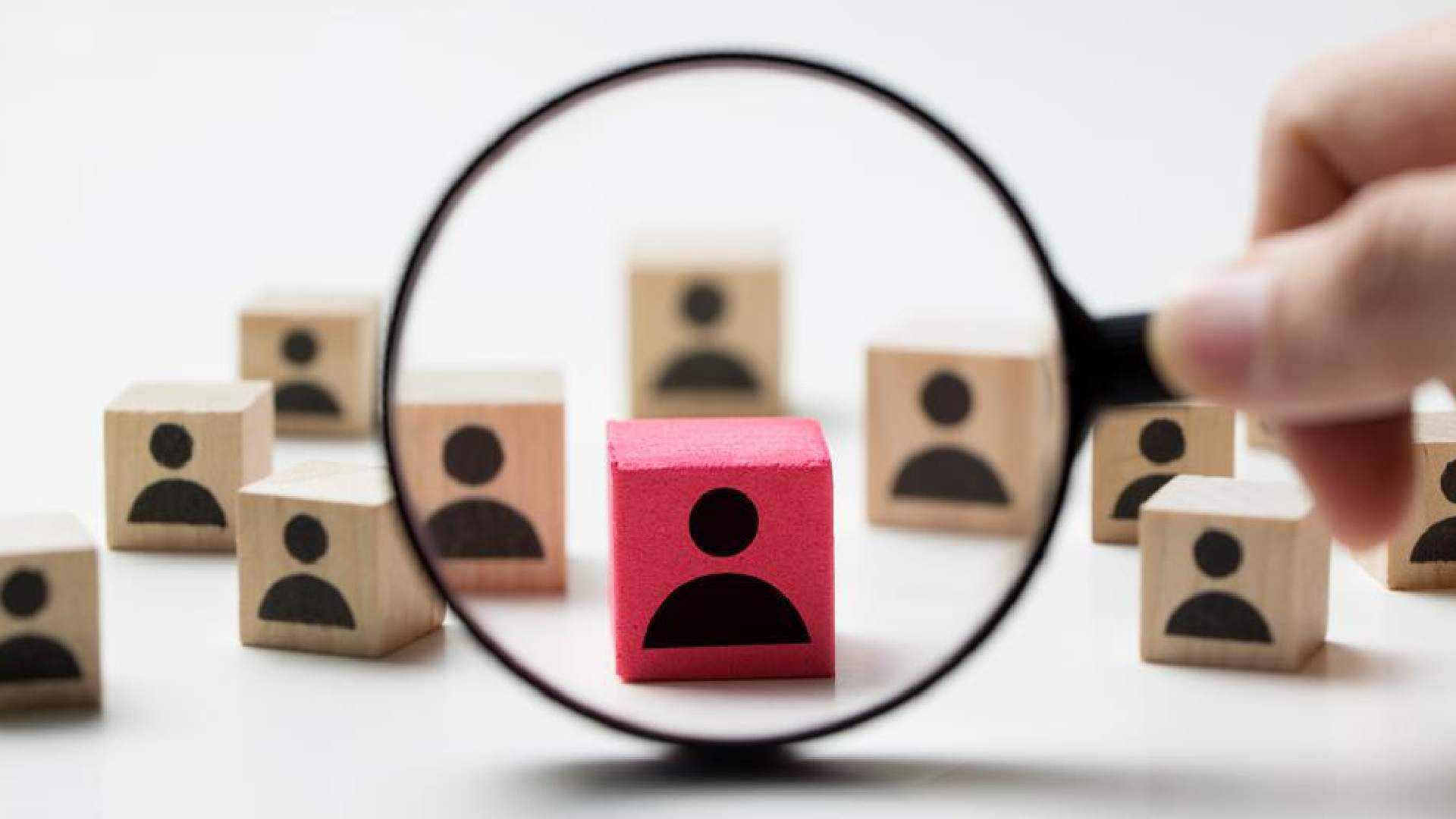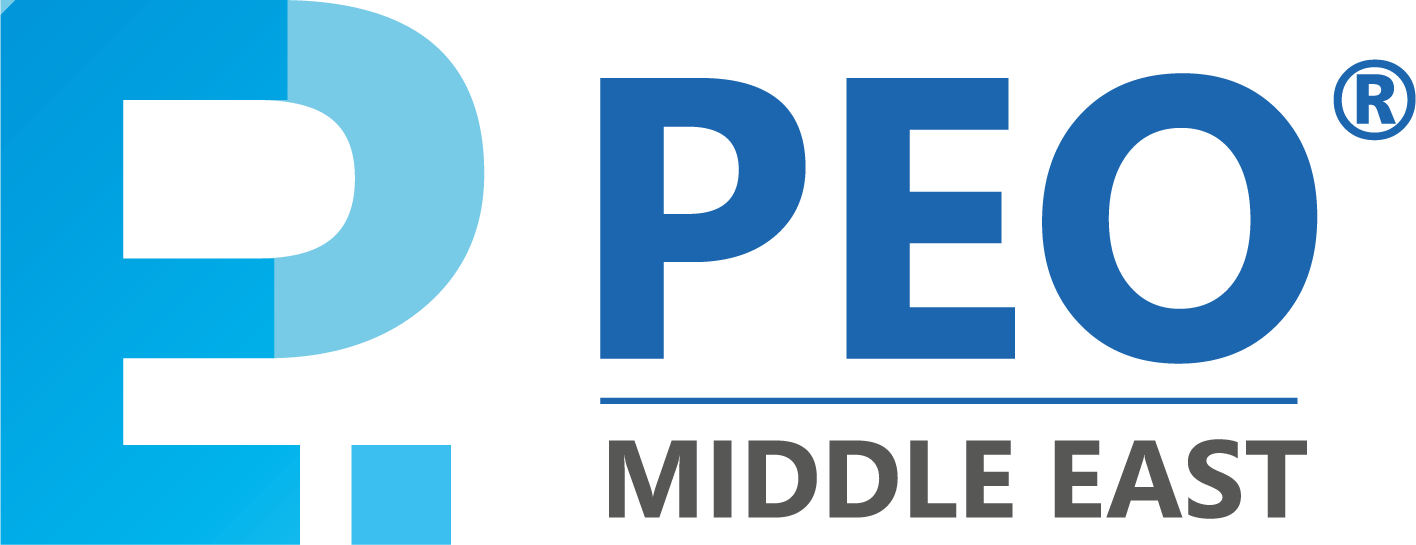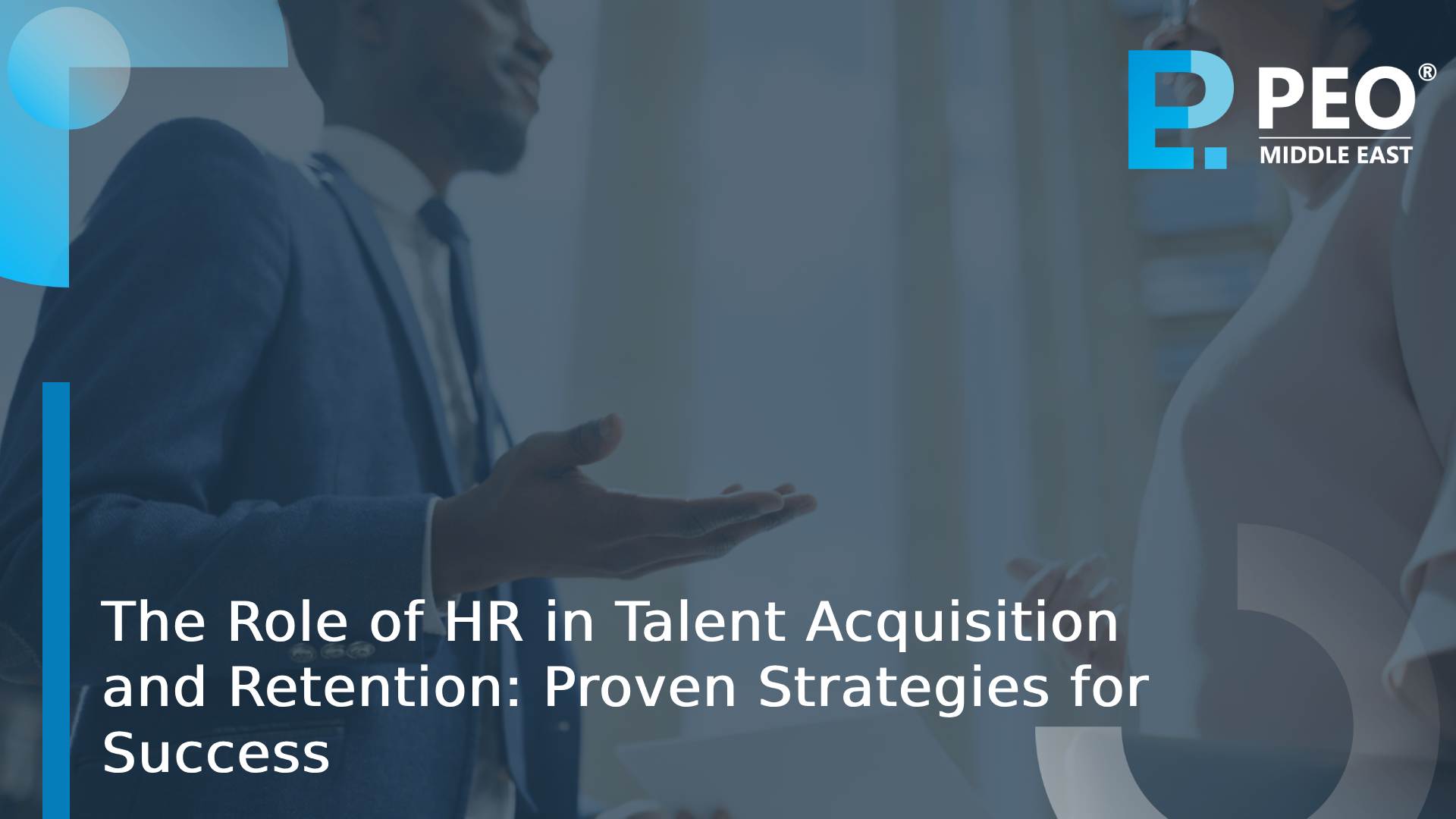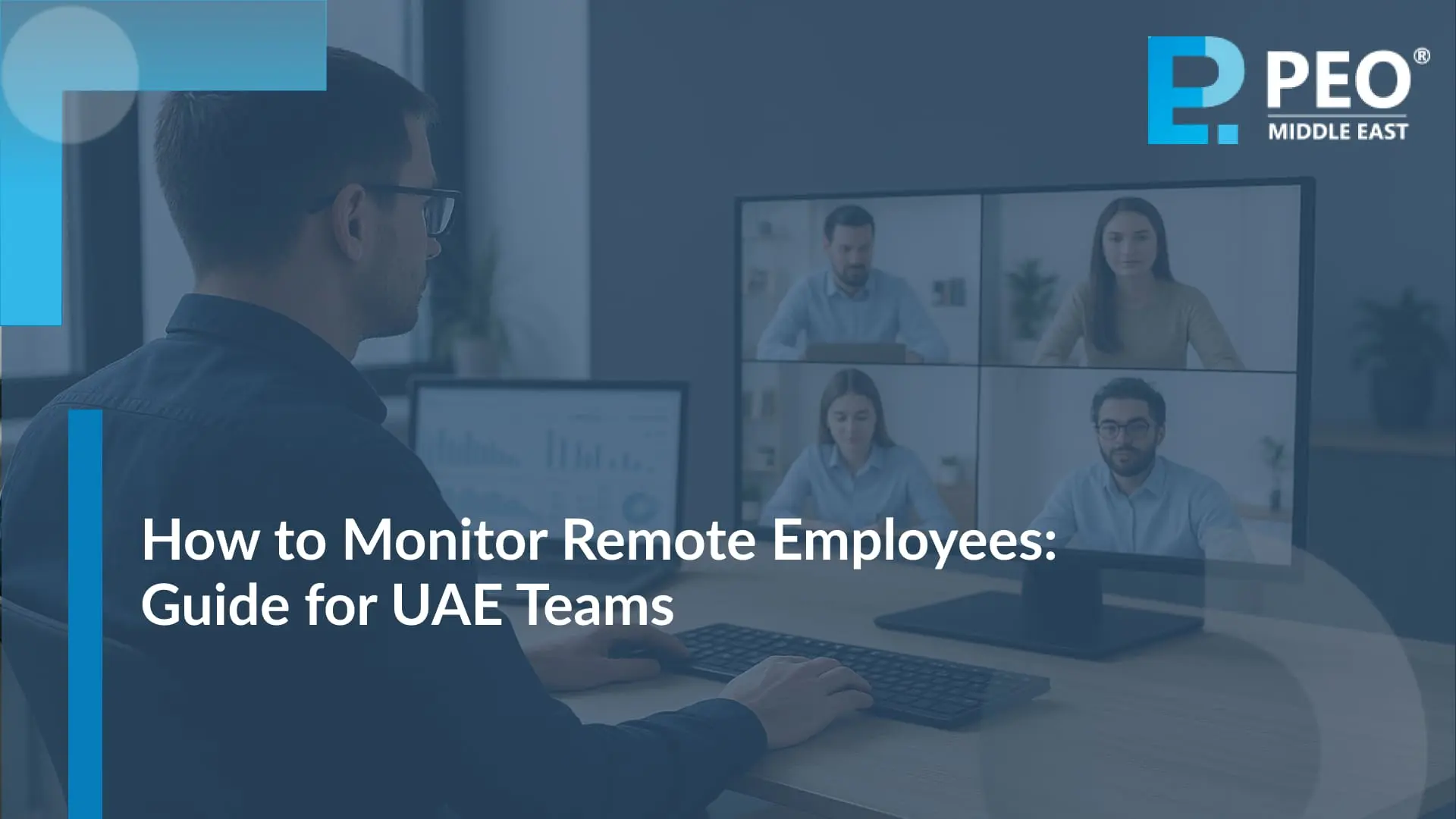Recruitment of talent is not the only key feature in building and maintaining sustainability within any organizational structure. The role of HR in talent acquisition is vital and it helps determine also who but where. Talent acquisition is a strategic approach of targeting, employ and welcome the best talents who suit an organization based on its need.
In this article, we will discuss the role of HR in talent acquisition. The job responsibilities of HR are not on recruitment only. In particular, it encompasses a sweeter type of employee activities from employer branding to the EBP that offer valuable aspects on talent pool development strategy. Such HR methods of management often provide enormous opportunities and benefits in securing the best performers.
Functions of HR in developing talent acquisition plans

The HR role in talent acquisition functions are:
- Defining Job Requirements: The task of the HR is an accurate definition devoted to what skills and requirements are sought per each position.
- Crafting Job Descriptions: Invent compelling job advertisements that go beyond listings of tasks; they market being part of your organization.
- Utilizing Recruitment Software: Using modern-day ATS, HR could make the recruitment process and candidate sourcing better.
- Employer Branding: By doing so, HR cultures the company’s culture and values in its marketplace to leave candidates with suitable ethos attracted by that position.
- Data-Driven Decision Making: Utilization of HR analytics is bound to help in the understanding that hiring patterns and enhancing recruitment tactics.
The role of HR in the Onboarding & Recruitment Process Optimization.
- Streamlined Application Process: HR ensure that the application process is easy in order to ensure not disqualification of potential candidates.
- Communication: It will save the applicants from having a lien in their mind of apprehension and tension arising out because they are kept re-assuring informed throughout the process since start to end by HR.
- Onboarding Programs: HR supports new employees in creating a company culture and learning their position by developing detailed onboarding programs.
- Feedback Mechanisms: Some of the ways by which HR can improve through this stage is making use of feedback systems so that processes such as recruitment and onboarding are done in a continuous manner.
- Training Development: The employee gains the necessary knowledge, skills to develop relevant towards their position HR department prepares training programs that gives experience.
- Retention Focus: During onboarding, HR creates various strategies and is buying of the fact that making a first employee satisfied leads to long-term commitment.
The approaches also enable HR to not only appoint workers but base a sturdy foundation that ensures new entrants become productive and happy employees who are less likely to leave the firm.
Employee Development and Growth
- Career Pathing: It is responsibility and role of HR to provide career progression structures which are clear and identifiable, such that employees can establish what job positions they look forward to assume if remaining long in the company.
- Training Programs: They design and implement training activities that cater for the personal career promotional goals of each individual employee as well as being geared towards external organizational goals.
- Performance Management: HR guides the employees to know what their strengths and weaknesses are, allowing him or her sets development objectives as part of yearly reviews.
- Leadership Development: With the help of mentorship programs and leadership training development, HR develops leaders by looking for leaders’ potential.
- Skill Enhancement: Workshop and educational programs for improving the skills are to provide that employees can stay at par with standards, as well as innovations in a particular industry.
Workplace Culture and Employee Satisfaction
- Culture Advocacy. HR organizations are in charge of developing and designing culture’s values.
- Employee Engagement: Initiatives in HR that entail employees’ attentiveness is team-building activities, open forums and recognition programs.
- Work-Life Balance: With knowledge of work-life balance policies’ effect in such elements as employee satisfaction and motivation to remain with their companies, these people support the introduction of policies that improve work life.
- Feedback Systems: By maintaining regular feedback loops, role of HR gathers employee inputs regarding satisfaction and applies this data in making decisions that would create an improved work environment.
- Wellness Programs: Through HR policies, health programs want to bring faster outcomes on physical and emotional well-being that will contribute exponentially to employee satisfaction.
It is under these approaches that attention should be paid to the crucial role of HR in talent acquisition. The HR team’s investment in building the base of their workforce, culture and loyalty was an ideal group that is innovative prospective however adherent towards their company.
Employee Development and Growth
- Career Pathing. Contrastingly, HR creates career continuity routes that allow employees to see clearly the directions in which possible growth within the company is moving.
- Training Programs. They advise and create training programs that complement individual career expectations with what is a guideline with their sponsoring company.
- Performance Management. The employee performance reviews that the HR department has to do on a regular basis make employees could recognize what they are good at and their weaknesses. Also, this sets goals for personal development.
- Leadership Development. Mentoring programs and leadership trainings.
- Skill Enhancement. Seminars and trainings for employees to up-grade them is necessary so that the individuals maintain in touch with the latest industry standards as well as latest technologies.
Workplace Culture and Employee Satisfaction
The cultivation of a positive workplace culture and ensuring employee satisfaction is a critical HR function:
- Employee Engagement. The activities HR introduces include the team building activity, open forums and recognition programs that helps in mitigating employee engagement.
- Feedback Systems. It is important that employee feedback exists in order to build on employers. Knowing what workers need for better working conditions comes from the human resource department.
- Wellness Programs. Wellness programs, where HR initiates the efforts to ensure employee welfare both at physical and mental levels for their satisfaction.
These HR proven strategies for success also underscore the paramount role of HR is in not only attracting talent but developing it. Despite being tough, creative and ready ones, a resilient effective team should invest in workforce-growth culture. Thus, this emerges from positive satisfaction thanks to human resources.







